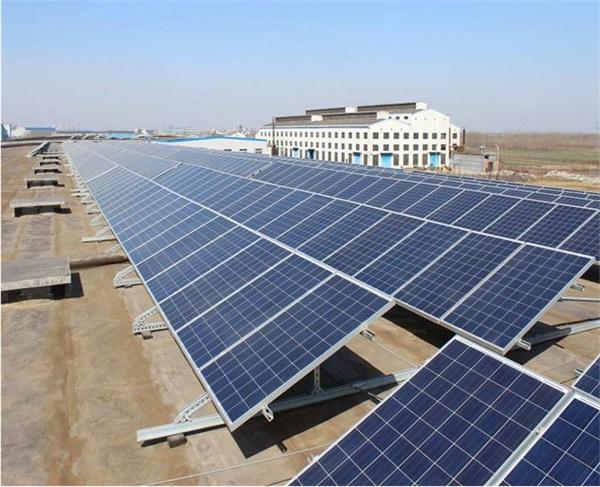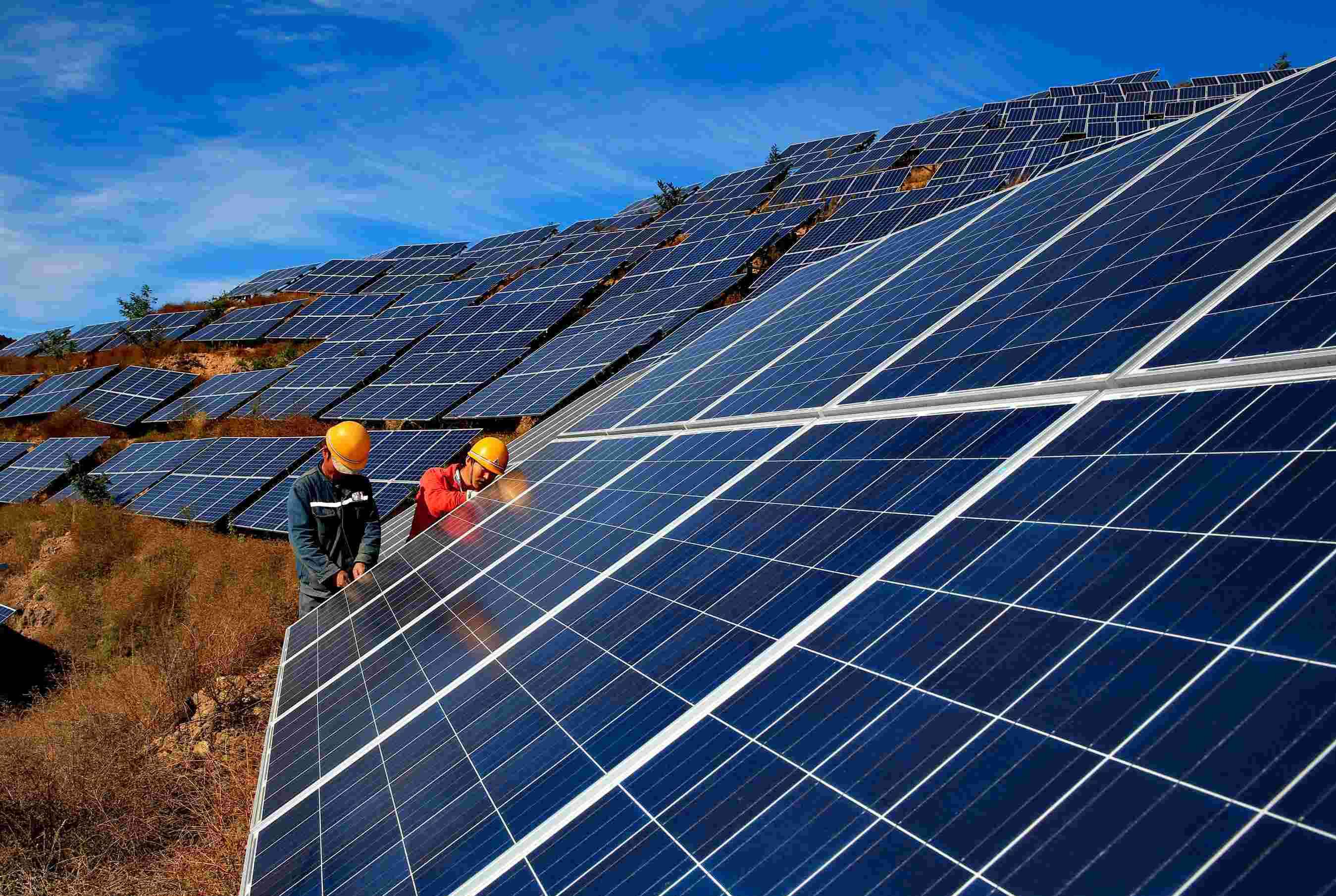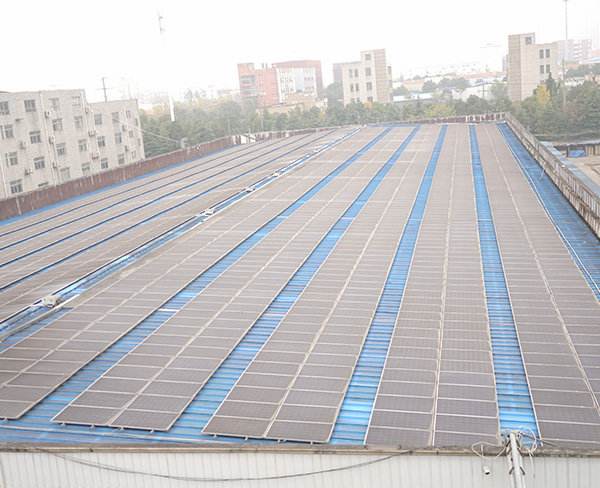Serbia plans to develop 8.3 GW solar and 3 GW wind power projects by 2024.
According to the "Draft Economic Reform Plan 2022-2024" of the Balkan countries, the total expenditure on energy and mining projects is 17 billion euros (approximately US$19.17 billion), of which 12 billion euros (approximately US$13.53 billion) are used for wind, solar and hydropower project. If all the projects in the investment plan are implemented, it will offset nearly 23 tons of carbon dioxide emissions each year.

In addition to the 66 MW Kostolac wind farm (which is already under construction by the state-owned power company Elektroprivreda Srbije (EPS)), the national wind farm project can be built near Zabela and Kovin Dubovac. About 300 megawatts of
solar bracket power generation projects, totaling about 200 million euros (about 225.5 million US dollars), can be developed on land belonging to EPS. A public-private partnership with Fintel Energija is also proposed to develop the Maestrale Ring wind farm. The total installed capacity of the national wind farm is 3 GW, with an investment of 3 billion euros (approximately US$3.38 billion).
The government proposes to build solar power projects on 200,000 hectares of state-owned land. Approximately 2 gigawatts of
solar end clamp projects can be installed on this piece of land. As part of this plan, the Ministry of Mines and Energy and the UGT Renewable Energy Ministry signed a cooperation agreement. These power projects can generate 1 GWh per year, offsetting 1.9 million tons of carbon dioxide emissions.
 The draft economic
The draft economic reform plan stated that a roof area of 600 square kilometers was determined for the installation of
solar mounting systems. The capacity of installing solar systems on 10% of this roof area may reach 6GW, accounting for 70% of Serbia’s installed capacity. The annual production will be 7 TWh, accounting for approximately 20% of Serbia's total production.
According to the draft, the government's solar projects can bring in 6.2 billion euros (about 6.99 billion US dollars) of investment.

Albania, another Balkan country, has made rapid progress in its plans to achieve its renewable energy goals. Thanks to a loan of 9.1 million euros (approximately US$10.26 million) provided by the European Bank for Reconstruction and Development (EBRD), the country built a 12.9 MW Floating solar photovoltaic power plant.
Albania has announced plans to initiate the first tender for the construction of utility-scale onshore wind power projects.


